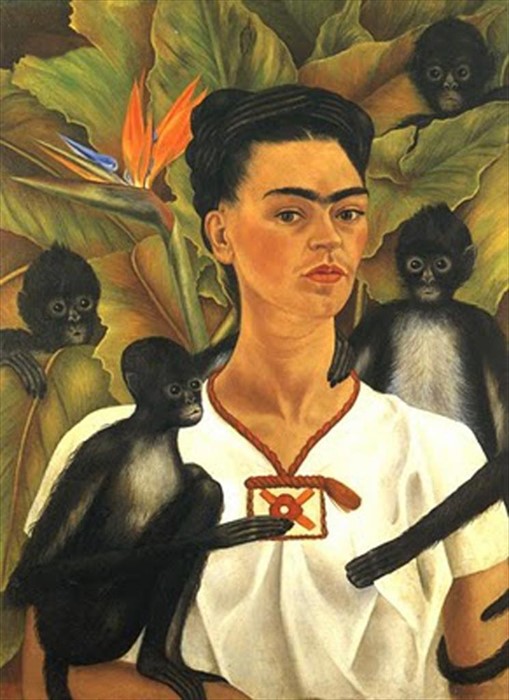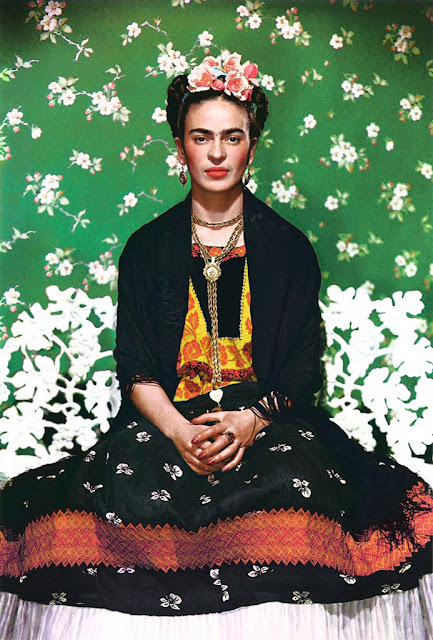Discover the Fascinating World of Frida Kahlo, the Legendary Mexican Artist
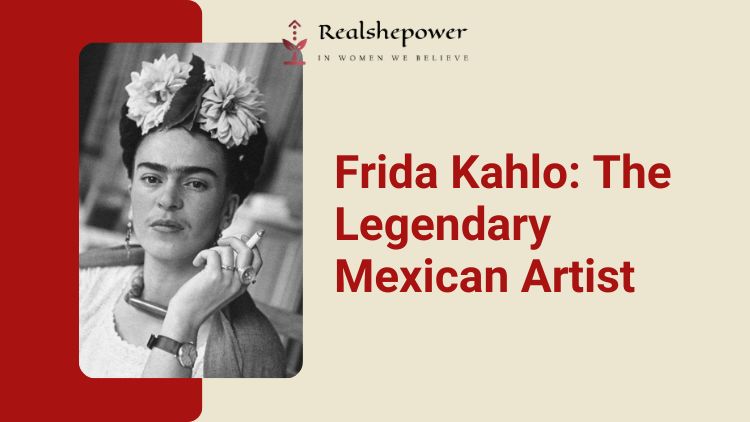

Hola, amigos! Step into the kaleidoscopic realm of Frida Kahlo, the trailblazing artist whose paintings were as vibrant as her spirit. Frida, with her mesmerizing unibrow and her unapologetic approach to life, was more than just an artist; she was a symbol of resilience and self-expression. So, grab a cuppa and join us on a journey through the intriguing life and timeless art of Frida Kahlo!
Table of Contents
A Blossoming Talent: The Early Years of Frida Kahlo
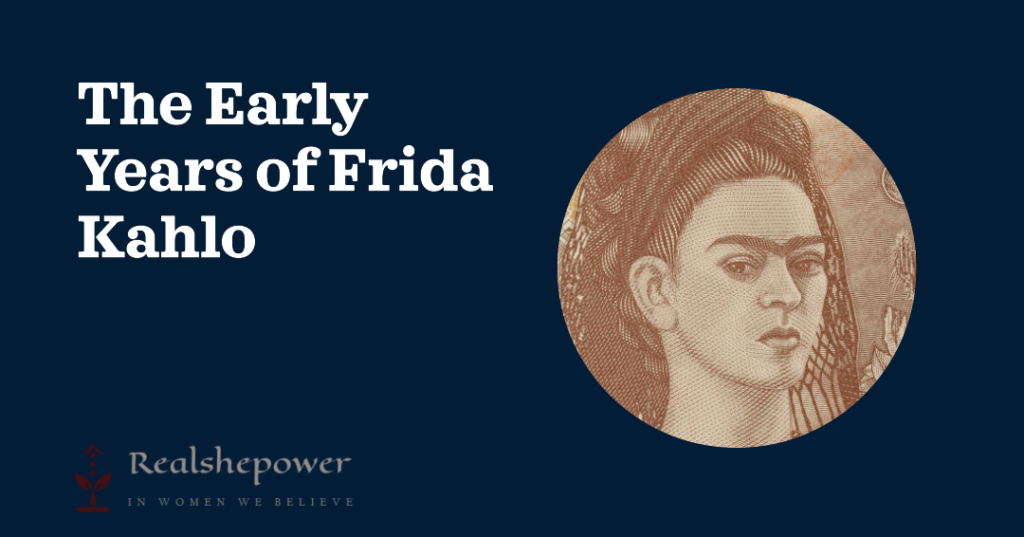
Frida Kahlo’s upbringing was a tapestry woven with threads of joy, sorrow, and resilience. Born in 1907 in the vibrant city of Coyoacán, Mexico, she entered a world that would shape her artistic spirit and forge her indomitable character.
1. Dancing with Death: Frida’s Tryst with Adversity
In her early years, Frida faced a formidable adversary that would forever leave its mark on her life—polio. At the tender age of six, this cruel illness struck her like a thunderbolt, leaving her right leg weakened and her childhood dreams shattered. But Frida’s spirit, even in the face of adversity, remained unyielding.
2. Shattered Dreams and a Brush with Destiny
Destiny, often a capricious companion, presented Frida with a fateful twist. In 1925, tragedy struck when a harrowing bus accident thrust her into a world of excruciating pain and prolonged suffering. Bedridden and isolated, Frida sought solace in art, reaching for a paintbrush as a means of transcending her physical limitations.
It was during this period of confinement that Frida discovered her innate talent for painting, as if the very act of creation was her lifeline in the midst of darkness. With brush in hand, she transformed her pain into an artistic expression that would resonate with generations to come.
3. Amor Eterno: Frida Kahlo and Diego Rivera
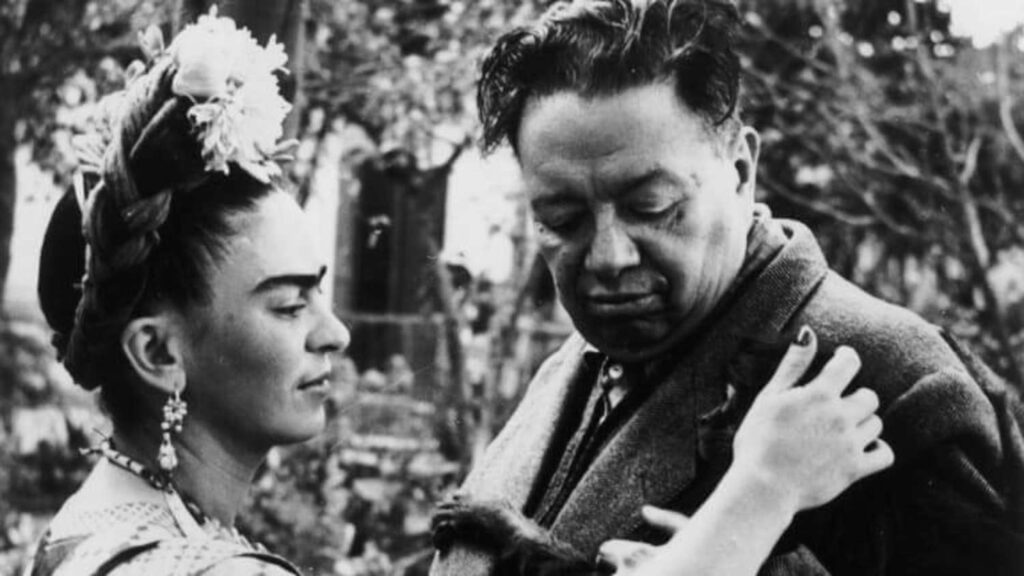
Frida Kahlo’s life took an enchanting turn when she crossed paths with the larger-than-life figure of Diego Rivera, a celebrated muralist and passionate advocate of social justice. Their love affair ignited like a fiery tempest, blending passion, intensity, and a shared artistic vision.
“Frida y Diego,” as they were often referred to, embarked on a journey of love and tumult. Their relationship was marked by fiery arguments, infidelity, and a powerful bond that transcended their flaws. Frida, ever the muse, captured their intricate dance of love and pain on her canvases, depicting the ebb and flow of their relationship with raw and unfiltered honesty.
You deserve a lover who takes away the lies and brings you hope, coffee, and poetry.
Frida wrote in one of her heartfelt letters to Diego
In one of her heartfelt letters to Diego, Frida wrote, “You deserve a lover who takes away the lies and brings you hope, coffee, and poetry.” These words encapsulate the profound connection they shared, as well as the emotional rollercoaster that defined their passionate union.
Frida Kahlo’s early years were a crucible, shaping her resilience, determination, and unwavering spirit. It was within the confines of her physical limitations and the depths of her emotional struggles that her artistic genius blossomed.
The Surreal Canvases: Frida Kahlo’s Artistic Expression
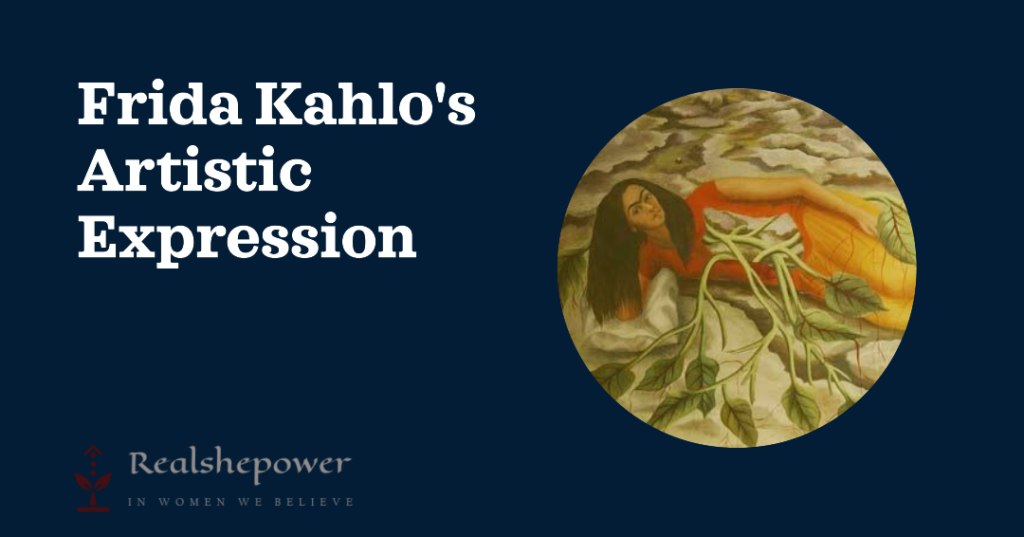
Frida’s art was her sanctuary, a reflection of her soul laid bare for the world to see. Her paintings were surreal, vivid, and often bittersweet, giving a glimpse into her pain, love, and dreams.
4. Self-Portraits: Mirrors of the Soul
Frida’s self-portraits, infused with symbolism and raw emotion, became mirrors to her soul, capturing her pain, dreams, and the essence of her being. Through her art, she invited the world into her innermost thoughts and desires, creating a body of work that defied conventional norms and challenged societal expectations.
Her paintings revealed a unique blend of Mexican folk art, surrealism, and personal narrative, with vibrant colors and intricate details that mesmerized viewers. As she once explained, “I paint my own reality. The only thing I know is that I paint because I need to, and I paint whatever passes through my head without any other consideration.”
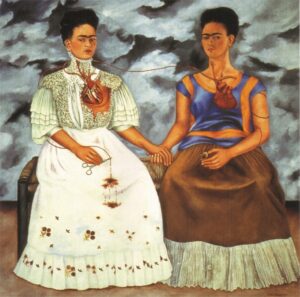
The early years of Frida Kahlo were not merely a backdrop to her later success, but a foundation upon which her artistic journey was built. It was during this period that she learned to transform adversity into creativity, to confront her pain with unflinching honesty, and to channel her experiences into a visual language that transcended words.
5. Nature’s Embrace: Frida and Her Connection with Flora and Fauna
Frida Kahlo’s deep connection with nature was evident in her artistic expressions. Her paintings were adorned with vibrant flowers, animals, and other elements of the natural world, creating a tapestry of symbolism and emotion. Let’s dive deeper into Frida’s profound connection with flora and fauna and the significance they held in her art.
I paint flowers so they will not die.
Frida Kahlo
Frida believed that nature held a transformative power, offering solace and healing during times of physical and emotional pain. She once expressed, “I paint flowers so they will not die.” Through her art, she immortalized the ephemeral beauty of flowers, capturing their essence and preserving them for eternity.
A Botanical Symphony
Flowers, in particular, played a prominent role in Frida’s work. They were not merely decorative elements; each flower held symbolic meaning, often reflecting her own emotions and experiences. One of her most renowned paintings, “The Two Fridas,” features intertwined blood vessels connecting the hearts of two Frida Kahlos. The Frida on the left is depicted in traditional Tehuana attire, surrounded by lush, blooming flowers, symbolizing her connection to her Mexican heritage and vitality. On the right, a Frida in a white Victorian dress is surrounded by wilted flowers, representing her pain, vulnerability, and emotional struggles.
Animals as Spirit Guides
Animals also held a special place in Frida’s heart and art. She had a menagerie of pets, including monkeys, parrots, and dogs, which she considered as her companions and spiritual guides. In her self-portrait, “The Wounded Deer,” Frida transforms herself into a deer, embodying vulnerability, resilience, and the enduring spirit of survival. The deer’s antlers are adorned with tiny hummingbirds, symbolic of the fleeting moments of joy amidst pain.
The Power of Nature’s Elements
Beyond flowers and animals, Frida incorporated other elements of nature into her paintings. Storm clouds, swirling winds, and flowing rivers often found their way onto her canvases, representing the tumultuous emotions and life experiences she grappled with. In “The Broken Column,” Frida portrays herself as a fragmented column, her body pierced by nails, while tears flow down her face. The sky in the background is dark and stormy, reflecting the emotional turmoil within her.
I must fight with all my strength so that the little positive things that my health allows me to do might be pointed toward helping the revolution. The only real reason for living.
Frida Kahlo
Frida’s own words shed light on her profound connection with nature. In a letter to her friend, Carlos Pellicer, she wrote, “I must fight with all my strength so that the little positive things that my health allows me to do might be pointed toward helping the revolution. The only real reason for living.” Here, Frida draws inspiration from nature’s resilience and transformative power, linking it to her own fight for justice and her passion for artistic expression.
Frida’s Fashion: Defying Norms with Colorful Identity
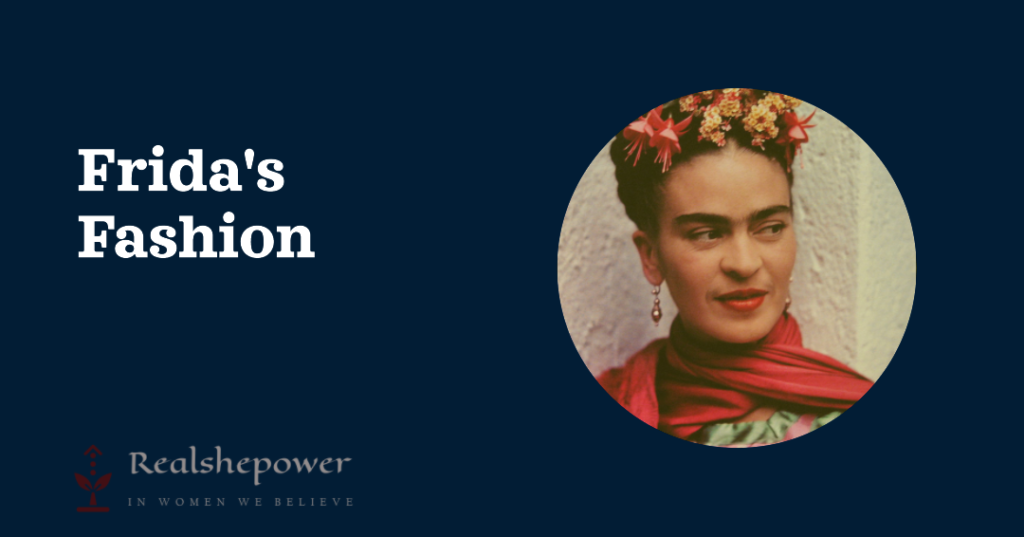
Beyond her canvas, Frida Kahlo was a fashion icon in her own right. Embracing traditional Mexican attire and fusing it with her own unique style, she created a fashion statement that transcended time and cultural boundaries.
6. Tehuana Traditions: Frida’s Bold Fashion Choices
When it came to fashion, Frida Kahlo was an embodiment of fearless self-expression. Embracing the Tehuana traditional attire, she donned a mesmerizing array of colors, fabrics, and intricate accessories that not only celebrated her Mexican heritage but also challenged societal expectations of beauty and femininity.
The Tehuana traditional attire originates from the Tehuantepec region in Oaxaca, Mexico, known for its vibrant cultural heritage. Frida was captivated by the rich history and symbolism embedded in the Tehuana garments, which she adopted as a personal statement of strength and pride. She once remarked, “I have no special interest in making myself look like a doll, to make myself up like a doll, or to make myself look artificial. I just want to show my own, sincere feeling, the way I feel it.”
Frida’s bold fashion choices were characterized by flowing skirts that gracefully cascaded to the ground, adorned with colorful floral embroidery and delicate lace trimmings. These skirts, often layered and paired with vibrant blouses, became synonymous with her iconic style.
I used to think I was the strangest person in the world, but then I thought there are so many people in the world, there must be someone just like me who feels bizarre and flawed in the same ways I do. I would imagine her and imagine that she must be out there thinking of me, too. Well, I hope that if you are out there and read this and know that, yes, it’s true I’m here, and I’m just as strange as you.
Frida Kahlo
She once revealed, “I used to think I was the strangest person in the world, but then I thought there are so many people in the world, there must be someone just like me who feels bizarre and flawed in the same ways I do. I would imagine her and imagine that she must be out there thinking of me, too. Well, I hope that if you are out there and read this and know that, yes, it’s true I’m here, and I’m just as strange as you.”
The intricate details of Frida’s fashion extended to her headpieces and accessories. She often adorned her hair with elaborate braids and adorned them with colorful ribbons, flowers, and delicate jewels. These embellishments not only added a touch of glamour but also conveyed a deep sense of pride in her cultural heritage.
I paint self-portraits because I am the person I know best. I paint my own reality.
Frida Kahlo
Frida’s Tehuana-inspired fashion choices were a bold defiance of societal norms and expectations. In a world that often dictated women to conform to Western beauty standards, she fearlessly celebrated her indigenous roots and challenged the notion of what it meant to be beautiful. Through her fashion, she paved the way for future generations to embrace their uniqueness and cultural identity. As Frida eloquently put it, “I paint self-portraits because I am the person I know best. I paint my own reality.”
Frida’s influence on fashion and popular culture continues to reverberate today. Designers and artists around the world draw inspiration from her iconic style, incorporating elements of Tehuana tradition into their creations. Her fashion choices have become a symbol of empowerment and a reminder that true beauty lies in embracing one’s individuality.
7. The Unibrow and the Iconic Style
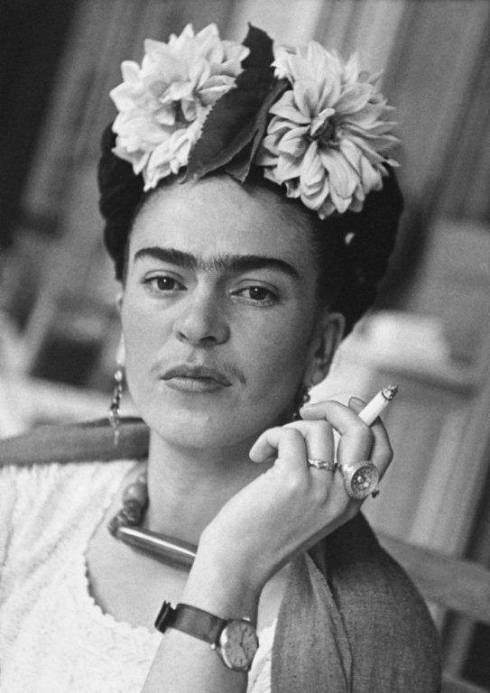
Frida’s unibrow, which she proudly showcased in her self-portraits, was a bold statement against the prevailing beauty ideals of her time. While some may have seen it as unconventional or even unattractive, Frida saw it as an integral part of her identity. Through her art, she celebrated her unique features and invited viewers to look beyond superficial appearances.
Frida’s iconic style extended beyond her unibrow. She adorned her upper lip with a thin, delicate mustache, challenging the notion that femininity and beauty were confined to a certain mold. Her choice to accentuate her upper lip was not only a rejection of societal expectations but also a celebration of her Mexican heritage, where the iconic mustache is often associated with traditional Mexican art and culture.
Frida’s unibrow and iconic style sparked both admiration and controversy. Some viewed her choices as a rebellion against societal standards, while others saw them as a reflection of her authentic self. Regardless of the opinions, Frida remained true to herself and used her art and fashion as a form of self-expression. Her choices resonated with many, inspiring countless individuals to embrace their own uniqueness and challenge the constraints of societal expectations.
Her impact on contemporary fashion and beauty cannot be overstated. Frida’s unibrow has become a symbol of empowerment, encouraging people to embrace their natural features and reject narrow definitions of beauty. It has inspired numerous artists, designers, and models to celebrate diversity and challenge the notion of perfection.
FAQs about Frida Kahlo
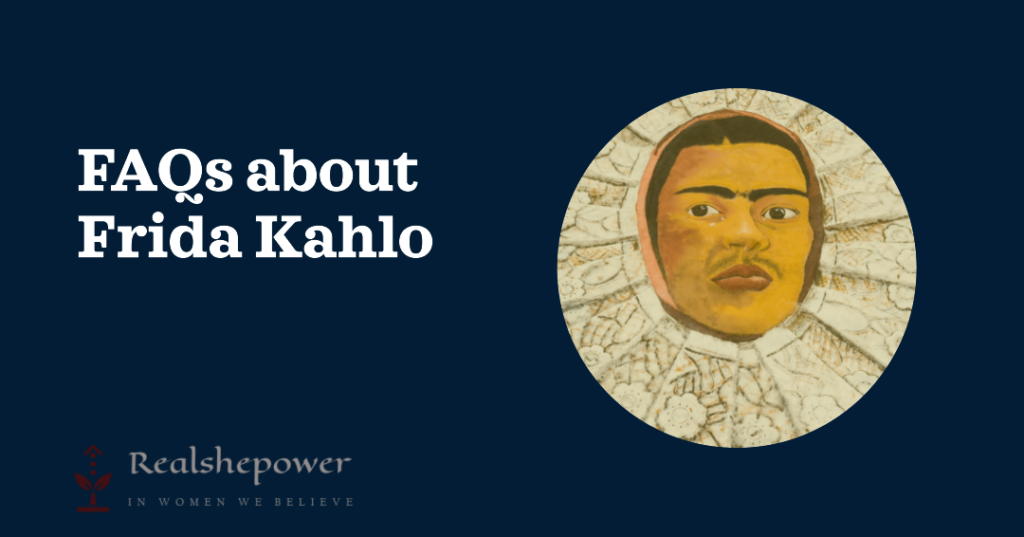
Q: Why is Frida Kahlo so famous?
A: Frida Kahlo is famous for her powerful and introspective art, which explores themes of identity, pain, and resilience. Her unique style, unibrow, and iconic fashion choices have also contributed to her fame. Additionally, her life story, including her tumultuous relationship with Diego Rivera and her struggles with physical and emotional pain, has captured the public’s fascination and made her a symbol of strength and individuality.
Q: What is Frida Kahlo’s most famous painting?
A: Frida Kahlo’s most famous painting is “The Two Fridas,” a poignant depiction of her duality and emotional turmoil. This masterpiece showcases two versions of Frida, connected by their hands and sharing a blood vessel, representing her conflicting identities and the emotional pain she experienced.
Q: How did Frida Kahlo’s art influence the feminist movement?
Frida’s art played a significant role in influencing the feminist movement. Through her introspective self-portraits and exploration of themes such as identity, gender, and female sexuality, she challenged patriarchal norms and gave a voice to women’s experiences. Her art empowered women to embrace their own stories, emotions, and bodies, and it continues to inspire generations of feminists worldwide.
Q: Did Frida Kahlo have any children?
A: Frida Kahlo and Diego Rivera had a tumultuous relationship and experienced multiple miscarriages, which prevented them from having children.
Q: How did Frida Kahlo’s art gain recognition?
A: Frida Kahlo’s art gained recognition primarily after her death in 1954. It was through the efforts of her husband, Diego Rivera, and other supporters that her work began to be exhibited and recognized internationally. Today, Frida’s art is celebrated for its unique perspective, emotional intensity, and the way it defies traditional artistic conventions.
Frida Kahlo’s legacy extends far beyond her artistic achievements. Her unyielding spirit, determination, and resilience continue to inspire artists, feminists, and individuals around the globe.
As we bid adieu to the mesmerizing world of Frida Kahlo, let us remember that her art, like her life, was a celebration of individuality, pain, and triumph. So, embrace your uniqueness, amigos, and let your colors shine!
¡Hasta luego, amigos!
Also Read: Amor Eterno: Frida Kahlo and Diego Rivera
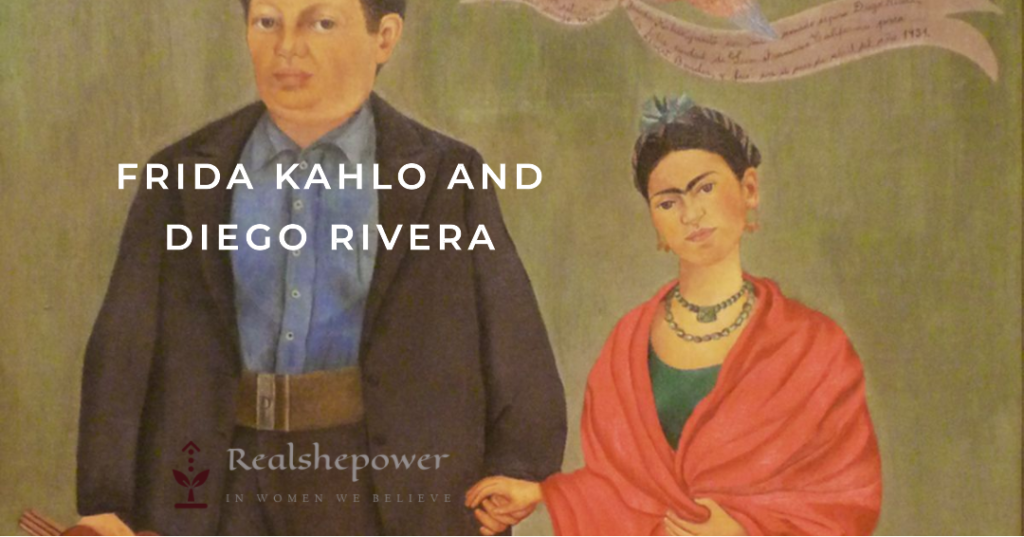
In the realm of art and passion, few love stories have captured the collective imagination as intensely as that of Frida Kahlo and Diego Rivera. Their tumultuous relationship, characterized by love, pain, and creative synergy, has left an indelible mark on the art world. The story of these iconic Mexican artists transcends the boundaries of mere romance and becomes a testament to the complexity of human connections, the power of artistic expression, and the resilience of the human spirit.

